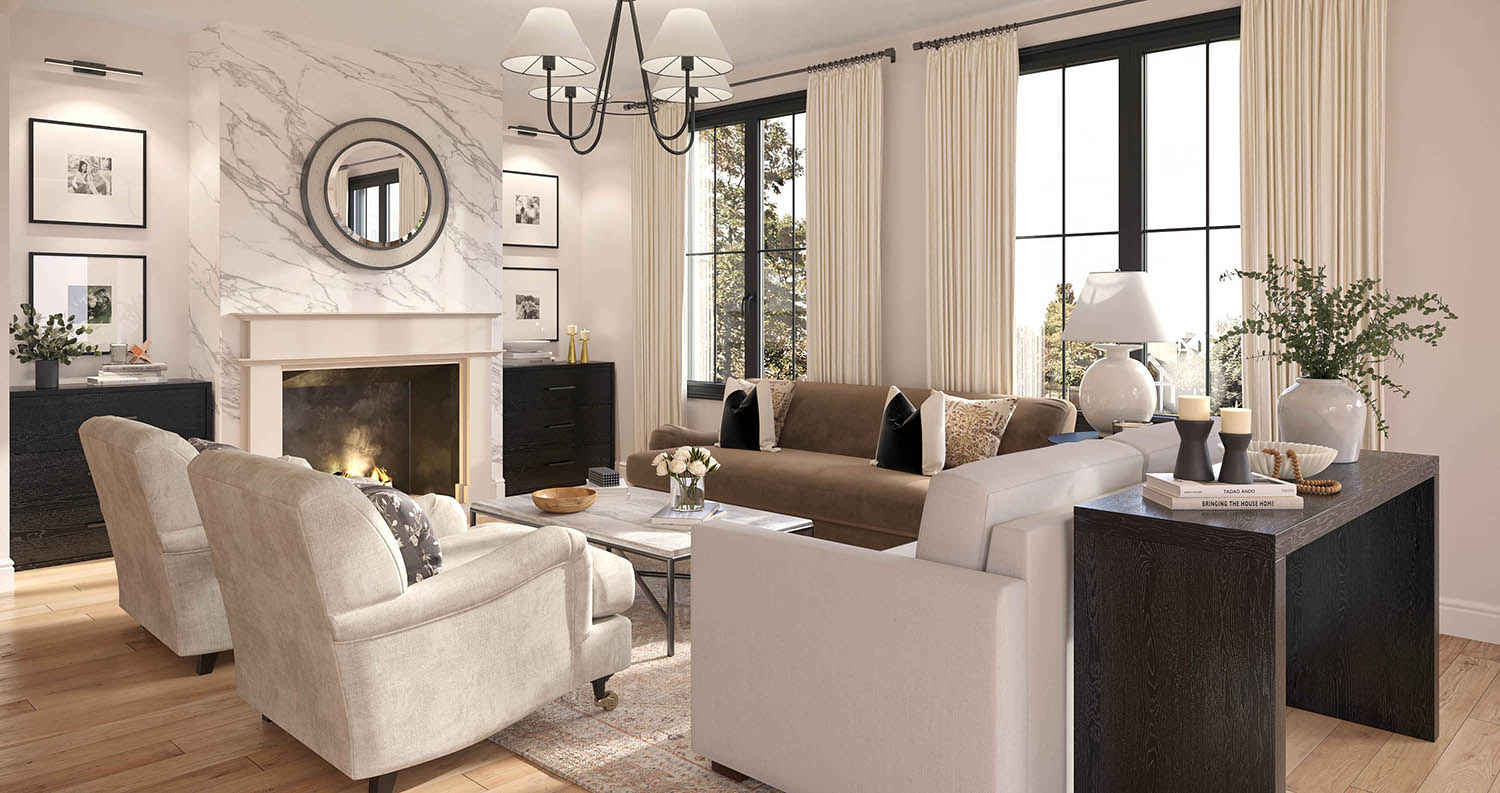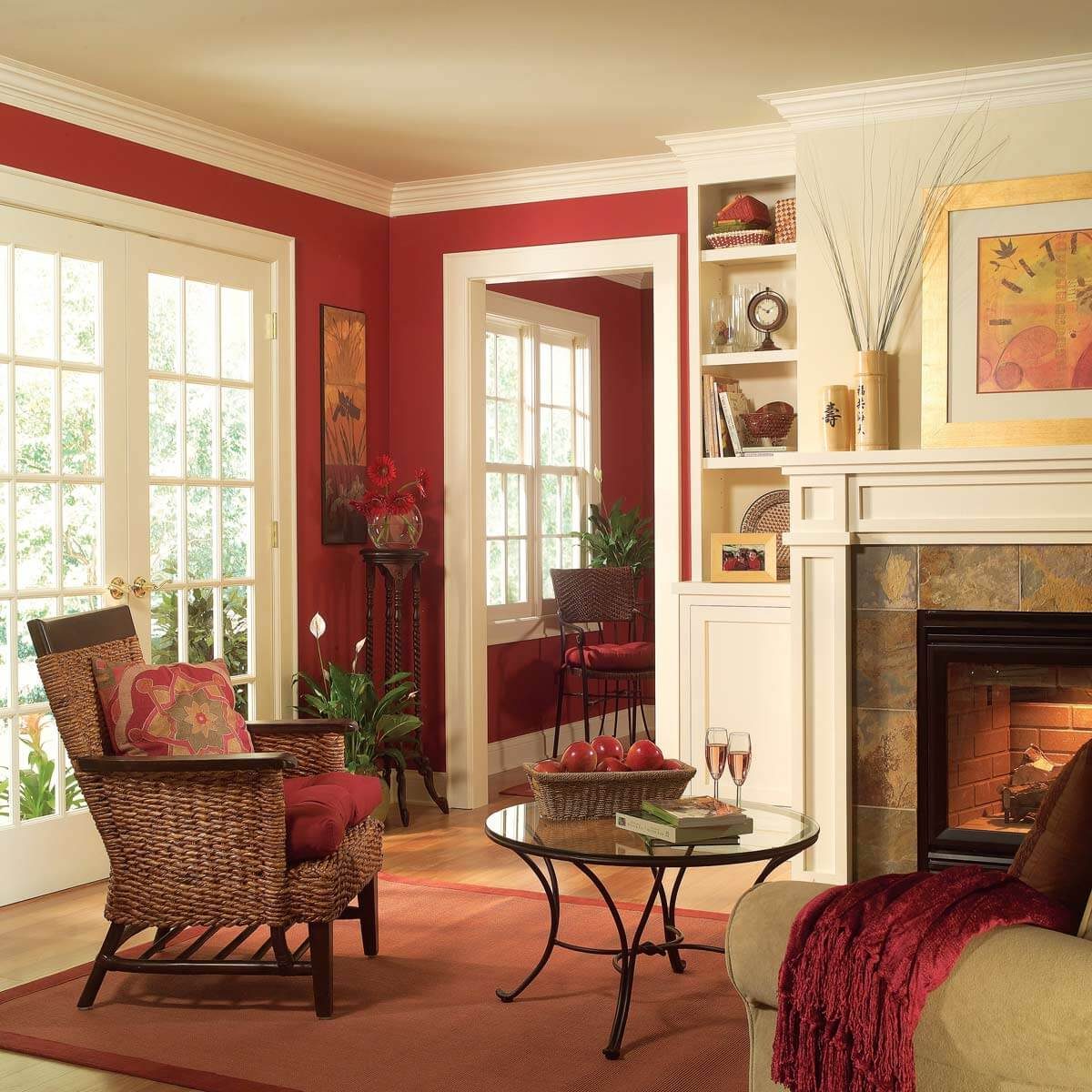Traditional Home Decor Styles

Traditional home decor styles encompass a diverse range of design aesthetics that have evolved over centuries, drawing inspiration from various historical periods and cultural influences. These styles are characterized by a timeless elegance, intricate details, and a harmonious blend of comfort and sophistication.
The allure of traditional home decor lies in its timeless elegance, evoking a sense of warmth and familiarity. However, in the realm of modern offices, a touch of contemporary flair can elevate the ambiance, making office wall art a captivating choice.
While respecting the foundation of traditional aesthetics, incorporating abstract prints or nature-inspired motifs can infuse a workspace with both inspiration and sophistication, seamlessly blending the past with the present.
Victorian Style
The Victorian style, popular during the reign of Queen Victoria in the 19th century, is known for its opulence and elaborate ornamentation. Common furniture pieces include ornate sofas with button tufting, wingback chairs, and mahogany tables with intricate carvings. Fabrics often feature rich colors, such as burgundy, emerald green, and gold, with patterns like damask and velvet.
Traditional home decor evokes a sense of nostalgia, embracing timeless pieces and intricate details. However, the rise of farmhouse home decor has brought a fresh perspective to the classic aesthetic. With its emphasis on rustic elements, warm colors, and cozy textures, farmhouse decor blends the charm of the past with the comfort of modern living, seamlessly complementing traditional home decor.
Georgian Style
The Georgian style, prevalent in England during the 18th century, is characterized by its symmetry, balance, and understated elegance. Furniture is typically made of mahogany or walnut, with clean lines and minimal ornamentation. Fabrics tend to be more muted in color, with patterns such as stripes and checks.
Colonial Style
The Colonial style, which originated in the American colonies in the 17th and 18th centuries, combines elements of English, Dutch, and French design. Furniture is often made of pine or maple, with simple lines and a rustic charm. Fabrics are typically plain or feature small-scale patterns, such as gingham or toile.
Evolution of Traditional Home Decor
Traditional home decor styles have evolved over time, adapting to changing tastes and lifestyles. While the core elements of each style remain intact, contemporary interpretations often incorporate modern materials, colors, and patterns to create a fresh and updated look.
Elements of Traditional Home Decor

Traditional home decor embraces a timeless aesthetic that evokes a sense of warmth, comfort, and elegance. It seamlessly blends classic furniture designs, intricate fabrics, and carefully curated accessories to create a harmonious and inviting space.
Furniture
Classic furniture pieces are a cornerstone of traditional home decor. These pieces often feature intricate carvings, curved lines, and rich finishes that exude a sense of opulence. Mahogany, walnut, and cherry are popular wood choices, adding depth and character to the space. Upholstered furniture is adorned with luxurious fabrics, such as velvet, silk, and damask, creating a comfortable and inviting ambiance.
Fabrics, Traditional home decor
Fabrics play a vital role in traditional home decor, adding warmth, texture, and color to the space. Patterns such as florals, stripes, and damask are commonly used, while textures like velvet, silk, and linen create a sense of luxury. Neutral colors like beige, cream, and gray form the foundation of the color palette, complemented by accent colors like burgundy, emerald green, and navy blue.
Accessories
Accessories add the finishing touches to a traditional home decor scheme. Antiques, such as porcelain figurines, grandfather clocks, and oil paintings, lend a sense of history and charm to the space. Artwork, including landscapes, portraits, and abstract pieces, adds visual interest and reflects the homeowner’s personality. Plants bring a touch of nature indoors, purifying the air and adding a vibrant touch of greenery.
Creating a Traditional Home Decor Scheme

Creating a cohesive traditional home decor scheme requires careful planning and attention to detail. Begin by visualizing the overall layout and selecting a color palette that reflects the traditional style. Warm neutrals, rich jewel tones, and soft pastels are commonly used in traditional homes.
Furniture Selection
Choose furniture pieces that are both stylish and functional. Opt for classic silhouettes with intricate carvings, turned legs, and upholstered fabrics in damask, velvet, or leather. Arrange furniture in a symmetrical manner, creating a sense of balance and order. Consider incorporating a statement piece, such as an antique armoire or a grand chandelier, to add a touch of elegance.
Accessory Placement
Accessories play a vital role in enhancing the traditional ambiance. Display antique porcelain, framed artwork, and decorative mirrors to add character and interest. Place candlesticks, vases, and sculptures on tables and mantels to create a warm and inviting atmosphere. Incorporate textiles, such as throw pillows, curtains, and rugs, to add texture and depth to the space.